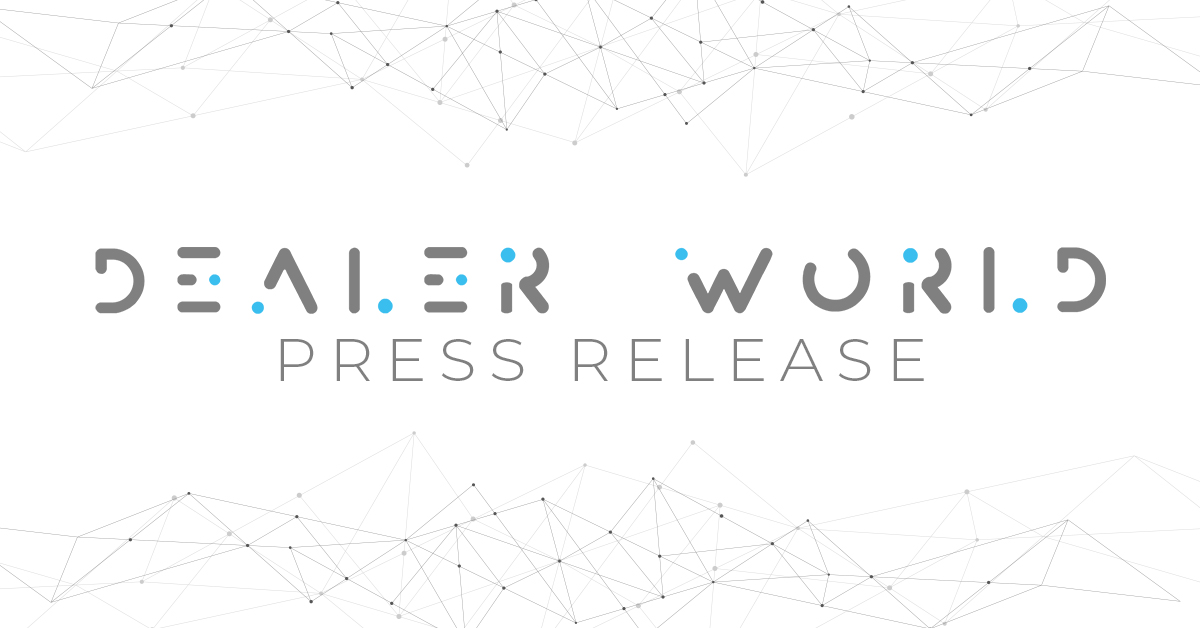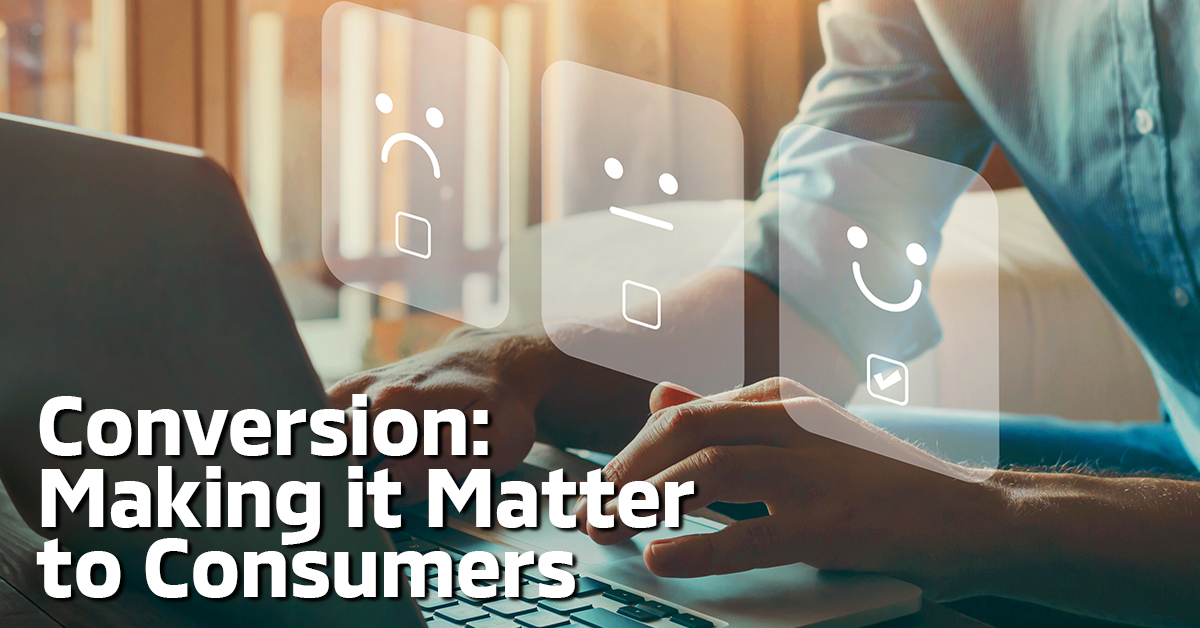
Dealer World Wins Bronze Medal at the 2024 Horizon Interactive Awards
Dealer World Wins Bronze Medal at the 2024 Horizon Interactive Awards LEHIGHTON, Pennsylvania – Dealer World is proud to announce that it is a recipient

Dealer World Wins Bronze Medal at the 2024 Horizon Interactive Awards LEHIGHTON, Pennsylvania – Dealer World is proud to announce that it is a recipient

<Lehighton, PA November 2024> Dealer World, a full-service automotive marketing agency specializing in both digital and traditional advertising, is proud to announce the promotion of

Imagine a place where your business can shine online — completely free of charge. Sounds great, right? That’s exactly what building a Google Business Profile

How many times have you went to a website – any website – just to be hit by multiple ads asking you to subscribe to

Zach Heller Joins Dealer World as Northeast Sales Manager Leighton, PA – January 25, 2023 – Dealer World, a full-service advertising agency including both traditional

Are you Living in a Cave? A long time ago (514a-520a,) one of our greatest philosophers shared an allegory: The Allegory of the Cave. In
TELEPHONE. 888-904-9994
EMAIL. [email protected]
ADDRESS. 701 BRIDGE STREET, SUITE 401
LEHIGHTON, PA 18235